Pictures Of The Day - January 16, 2019


Pictures of the day - January 16, 2019
Comets
More Posts from Sharkspaceengine and Others

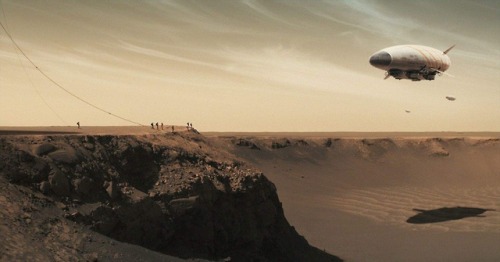
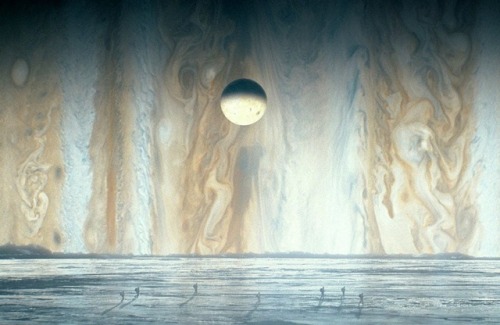

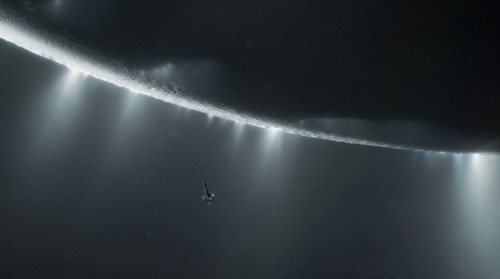
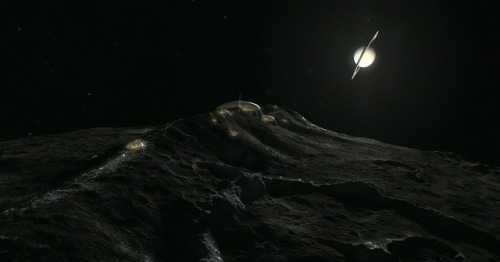
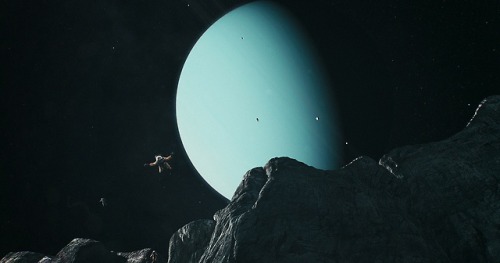
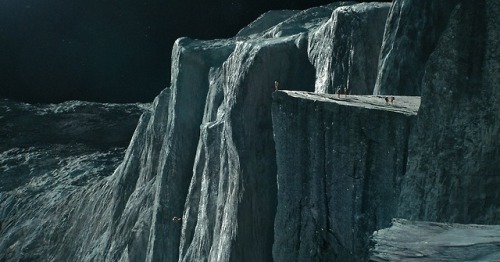

Will we one day explore the worlds of our solar system? How long will this take?
We have a diversity of worlds in our solar system. Majestic places…
Imagine being able to visit Mars and its hostile climate. Imagine being able to visit the moons of Jupiter, observe Io: the volcanic moon, Europa, the frozen moon and Ganymede a moon larger than Mercury itself and that has its own magnetic field. Imagine visiting the moons of Saturn and maybe passing close to your rings… Imagine orbiting or floating through Titan’s atmosphere and closely watching its lakes and seas of methane and liquid ethane. Imagine getting to know the geysers of Enceladus, the valleys of Tethys, and the craters of Mimas… Imagine being able to see the moons of Uranus and have a view of Verona Rupes, the largest cliff of the solar system, located in Miranda. Imagine being able to be in Triton and to be able to observe the cold and azualdo Neptune in the sky…

Picture of the day 2 - November 20, 2018
Messier 59. - The next galaxy I have selected to explore in space engine. M59 is an elliptical galaxy location about 54 million light years from the Milky Way.
Lunar Rings


Pictures of the Day - October 21, 2018
Normally, giant planets are the ones with rings, but in some situations a moon of a gas giant can have its own rings. Here we come across such a satellite.






My last post of planets in the Triangulum galaxy, a ringed world montage. And all these planets were found in one star system.
I have not decided which galaxy I am going to visit next, but I will left you know in the next day or so.
Space Engine System ID: RS 1229-118-6-214335-274
High Resolution Pictures
Ice Giant
Colorful Ice Giant
Cold Helium Gas Giant
Super-Earth
Ice World
Earth-like planet with life.

Behold Tharsis Montes, three massive shield volcanoes in the Tharsis region of Mars. In this illustration by Dutch artist Kees Veenenbos, using data from NASA’s Mars Orbiter Laser Altimeter, we can see the volcanoes Arsia Mons, Pavonis Mons and Ascraeus Mons, southwest to northeast.
(Space 4 Case)

Picture of the Day - January 28, 2019
Gas giant with purple cloud bands hangs in the sky of a large rocky moon.





Vernier System - Post 2 (Third Planet and its moons)
Here we come across the system’s third planet, a Jupiter-Sized gas giant 1.18 Jupiter Masses orbiting the two suns at an average distance of 2.33 AU. Four massive moon’s all with atmospheres orbit’s the giant. The planet has a very faint ring system in orbit.
High Resolution Pic of the 3rd Planet
Note, the large red nebula in the background NGC 604, one of the largest know nebulas. The Vernier System is located 4,600 light years from the nebula. From here NGC 604 covers over 16 arc degrees of the sky (36 Full-moons), and shines with an average magnitude of -1.91.
The first moon is barren with a surface covered in craters and gray-colored regolith. It is 3.4 lunar masses, with a radius of 2,603.31 km. A thin sulfur dioxide atmosphere clings to the surface. The atmosphere has a very low surface pressure of 0.0001 atmosphere’s. The moon still appears to be volcanically active.
High Resolution Pic of the 1st moon
The second moon has 4 lunar masses with a radius of 2,956.36 kilometers. It’s surface is more geologically diverse with larger quantities of iron oxide. It is more Mars-like than Lunar-like. A sulfur dioxide atmosphere also covers the surface, but is thicker with a surface pressure of 0.017 atmospheres, or roughly just under 3 times thicker than the atmosphere of Mars.
High Resolution Pic of the 2nd moon
The third satellite is by far the largest, and is an Earth-sized moon with a mass of 0.56 Earth’s and a radius 93% that of Earth. It has a thick carbon dioxide-ammonia atmosphere, with a surface pressure 3.48 times that of Earth. Weather is very active on the surface, and the temperature averaging 230 K (-45 °F) supports liquid sulfur dioxide. Sulfur dioxide rain is also common on the surface. The satellite also appears to have a magnetic field.
High Resolution Pic of the 3rd moon
The fourth moon is a second largest with a mass of 0.07 times that of Earth and a radius of 3,274.23 kilometers. It also has a thin sulfur dioxide atmosphere, and sulfur dioxide ice-caps. The atmosphere is 0.017 atmosphere’s thick.
High Resolution Pic of the 4th moon
The System Tag for this system in Spaceengine is RS 1229-169-6-235375-219.





Pictures of the day - December 5, 2018
I apologize for my lack pictures yesterday.
Insight B System - Fourth Planet - Insight B-V
The fifth planet orbiting Insight B is a terrestrial-like planet roughly one quarter the mass of earth (0.27 Earth Masses) and 80% of Earth’s radius (5,093.84 km). It is predominately rocky world with a significant water content in its mantle, surrounded by a thin Carbon Dioxide atmosphere.
The surface is cold with an average temperature of -159 F, and an atmospheric pressure of 0.11 atmospheres. A single small spherical satellite orbits the planet. One day lasts approximately 23 hours 38 mins. Insight B-V orbits its sun at an average distance of 0.97 AU, completing an orbit once every 1.163 Earth Years. The planet is notable for having a retrograde rotation, orbiting almost on its side with an axial tilt of 104°. Considering the planet orbits between two gas giants, the extreme tilt is to be expected.
High Resolution Pictures
Insight B-V
Small Moon
Closeup
Day-time sky
Sunset
Dark Cloud

Picture of the Day - October 31, 2018
A dark Nebula hangs over the sky of an airless moon.
Note: There will be one last set of pics posted for the Triangulum Galaxy this evening before I visit another galaxy to begin exploring.
My Blogs:
https://sharkspaceengine.tumblr.com/ - Space Engine and Astronomy Blog https://sharkrabbitandshark.tumblr.com/ - Rabbits and Shark Blog
-
 beautifulturtletrashsoul-blog liked this · 6 years ago
beautifulturtletrashsoul-blog liked this · 6 years ago -
 yoshidave reblogged this · 6 years ago
yoshidave reblogged this · 6 years ago -
 yoshidave liked this · 6 years ago
yoshidave liked this · 6 years ago -
 xpandabeats liked this · 6 years ago
xpandabeats liked this · 6 years ago -
 virgilsanders478-blog liked this · 6 years ago
virgilsanders478-blog liked this · 6 years ago -
 sharkspaceengine reblogged this · 6 years ago
sharkspaceengine reblogged this · 6 years ago
My Space Engine Adventures, also any space related topic or news. www.spaceengine.org to download space engine. The game is free by the way. Please feel free to ask me anything, provide suggestions on systems to visit or post any space related topic.Check out my other blog https://bunsandsharks.tumblr.com for rabbit and shark blog.
294 posts



